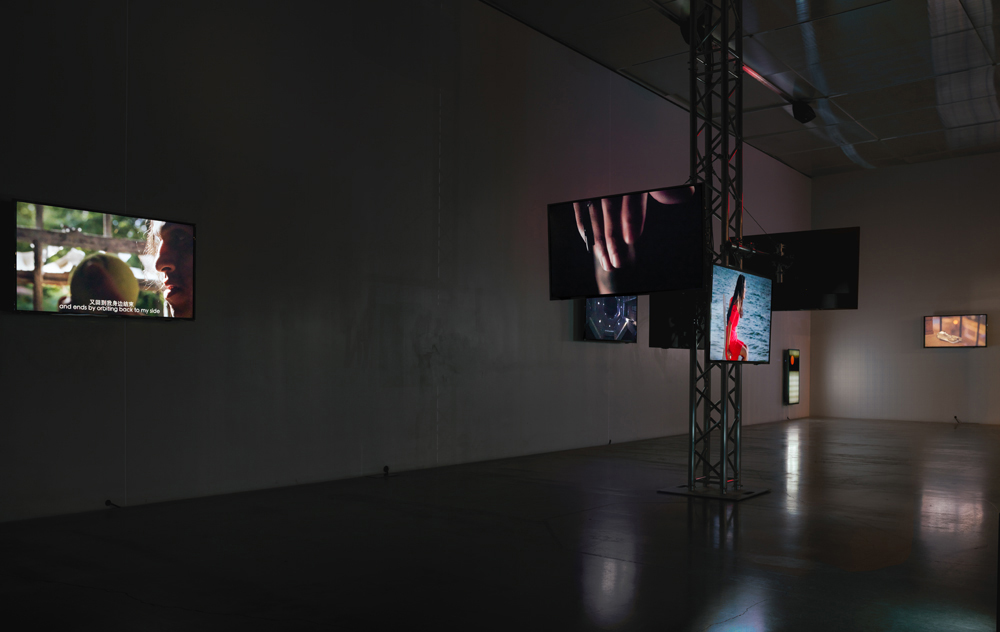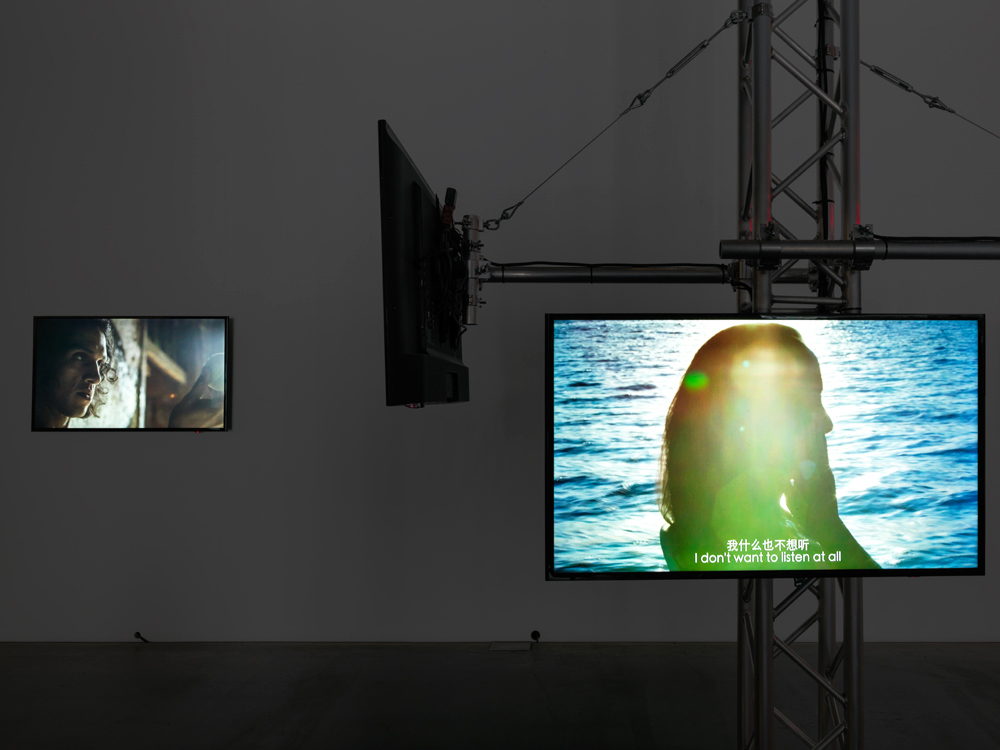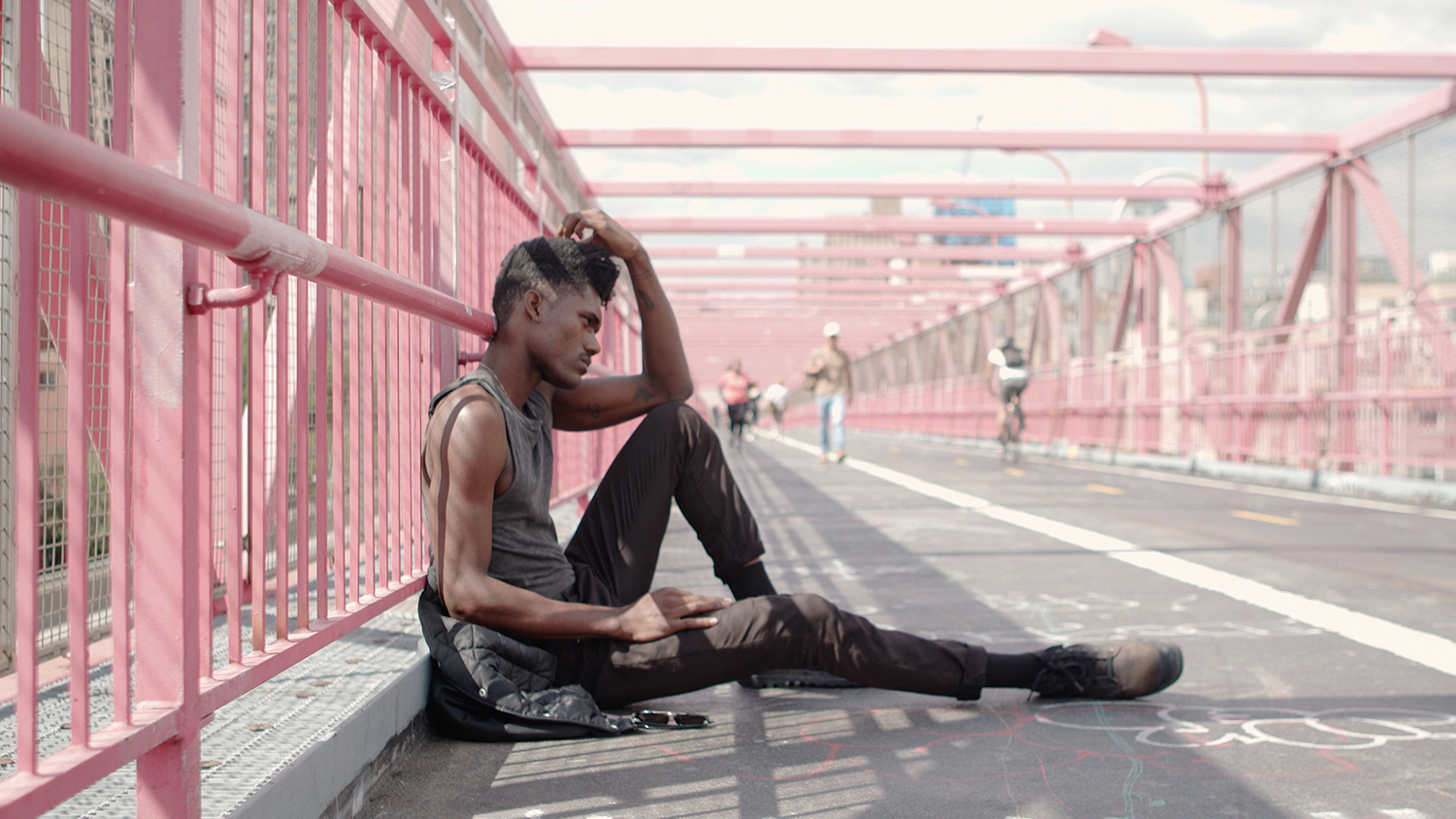Shows
Cheng Rang’s “Diary of a Madman”


In his first solo show in the United States, Cheng Ran has brought a sense of mysticism to the New Museum in New York City. The multi-video exhibit, which was mounted with the support of Hong Kong’s K11 Art Foundation, was shot and edited during a three-month residency at the museum, and spans across fifteen screens in its Lobby Gallery. In an interview with New York-based media outlet SinoVision, New Museum artistic director Massimilano Gioni named the Inner Mongolia-born Cheng as “one of the most interesting artist of his generation.” In particular, Gioni pointed out that Cheng’s work draws on Western and Chinese culture, and highlights how “cinema influences imagination.” “Diary of a Madman” takes the visitor through feelings of alienation and discovery as a foreigner in a new location, specifically New York. The videos serve as emotional backdrops for Cheng’s residency and first trip to the city in 2016, a place that carries a multitude of meanings for so many people, particularly for cinephiles like Ran.
The exhibit’s title is based on the 1918 novel by Lu Xun, A Madman's Diary (which was in turn inspired by the 1835 short story by Nikolai Gogol, Diary of a Madman). Lu’s story follows a man’s descent into madness as he begins to believe his fellow villagers’ appetites have become cannibalistic, and that his life is in danger. This fear of being consumed alive manifests in the artist’s work. His videos display the allure of opportunity as well as the heavy costs therein. In New York City, a place where spotlights and dreams are standard issue, Cheng brings to light the existential conflict of the city—how we can become consumed by our egos and sense of entitlement, and yet be so readily cast aside by a city where replacements exist in abundance.


The feeling of relegation is most potent in two pieces, The Trash Bag (2016) and Dead Horse Bay (2016). In the former, a black trash bag is propped against a fire hydrant on a busy sidewalk. People shuffle by and pay it no mind, cars roll forward with no pause—all completely oblivious to the bag’s suffering. Yes, suffering. The trash bag is sobbing, heaving. Discarded, forgotten and useless. This sentiment is echoed in Dead Horse Bay, in which a woman, decadently dressed in red, steps over countless broken bottles and looks longingly at the shore of Manhattan. She cries out in disillusionment and disbelief. She is an unwanted ornament of the city, superfluous and abandoned to her fate. Much like everywhere else in Cheng’s video diary entries, nothing here is as it seems.

Not every piece of footage dips into the despair of the city. The Bridge (2016) speaks to the futility of being in a place like New York City, but maintains that those with fortitude will seize the day. The video opens with a young man, muscled and effortlessly cool in tight black jeans, boots, a vintage bomber jacket and round sunglasses, walking across the Williamsburg bridge. In the next scene, he is sitting on the jacket, glasses removed and set on the ground, his mystique dissolved. Still on the bridge, he asks, “Why am I here?” The viewer feels his struggle with the senselessness of being an obstacle among obstacles. The thought overwhelms him as he asks the camera again, “Why am I here?” After a moment, he stands up and continues walking: “I do not turn around.” His rediscovered determination found in the redonned jacket and sunglasses—his armor—is a striking image.
Cheng’s exhibition is tinged with a sense of otherworldliness. The viewer must step into a dimly lit gunmetal hallway where everyone, regardless of race, speaks Mandarin. Here, abandoned spaces are brought to life by powerful technique and superb poetry, but purpose is nowhere to be found. In the end, Cheng challenges the viewer to retain their sense of worth in a place that has long forsaken its own individuality, and like any cinematic masterpiece, brings to light how faux seductions become substitutes for meaningful dialogue and substance.
Cheng Ran's "Diary of a Madman" is on view at the New Museum, New York, until January 15, 2017.







